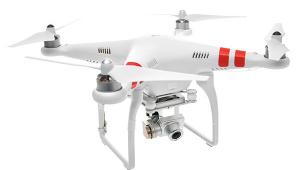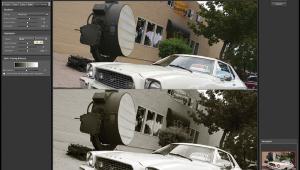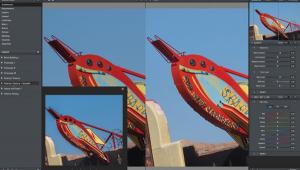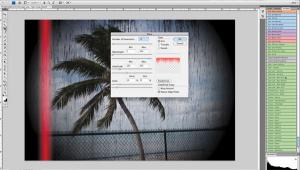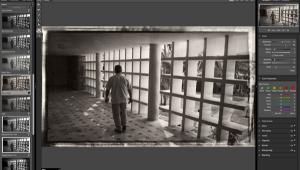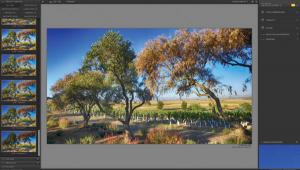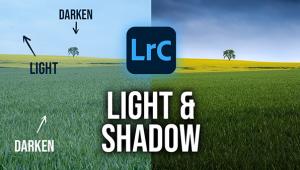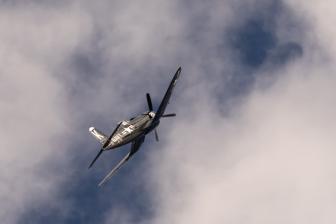Digital Innovations
The Return Of 3D Photography
Just in time for the holidays, 3D is back and gone digital. Fresh on the heels of the blockbuster summer movie Spy Kids 3D, you can now make stereo photographs using the digital camera you already own. I've been a fan of 3D since the premiere of the 1952 film Bwana Devil starring the late Robert Stack. While 3D movies come and go, three-dimensional photography has never gone out of fashion. The New England Camera Club Council (www.neccc.org) has an annual competition for stereo images, and I enjoyed viewing this year's entrants when I spoke at their 2003 conference. What hasn't changed is that unless you use a camera specifically designed for capturing three-dimensional images, the way Shutterbug's Rick Sammon (www.ricksammon.com) does for his children's books, it's a pain in the butt to shoot 3D still photographs. Making 3D Software's
The Key Plug-Ins Of The Month Don't Burn
It, Toast It Bigger Card; Same
Size Package Nothing New |
- Log in or register to post comments

